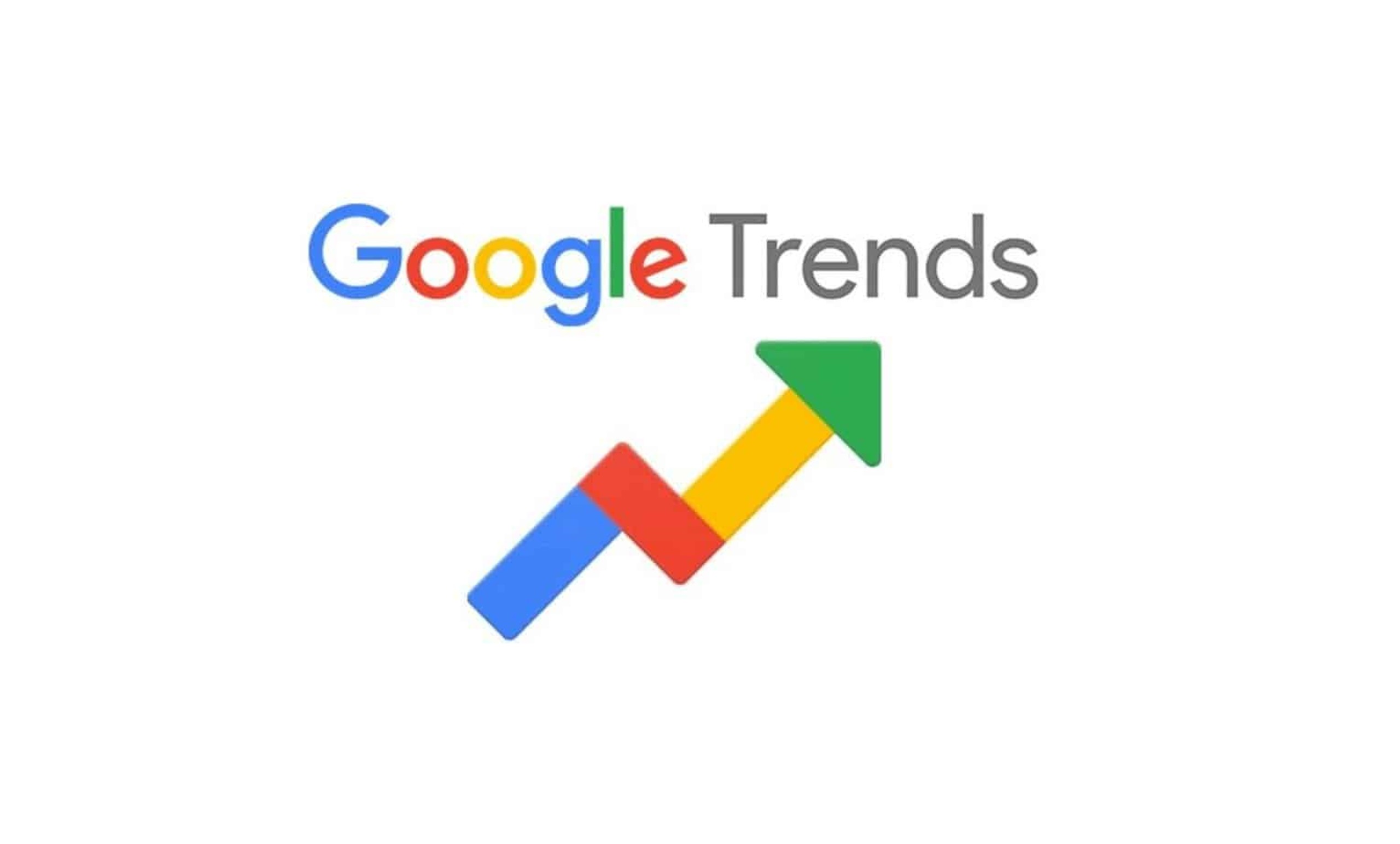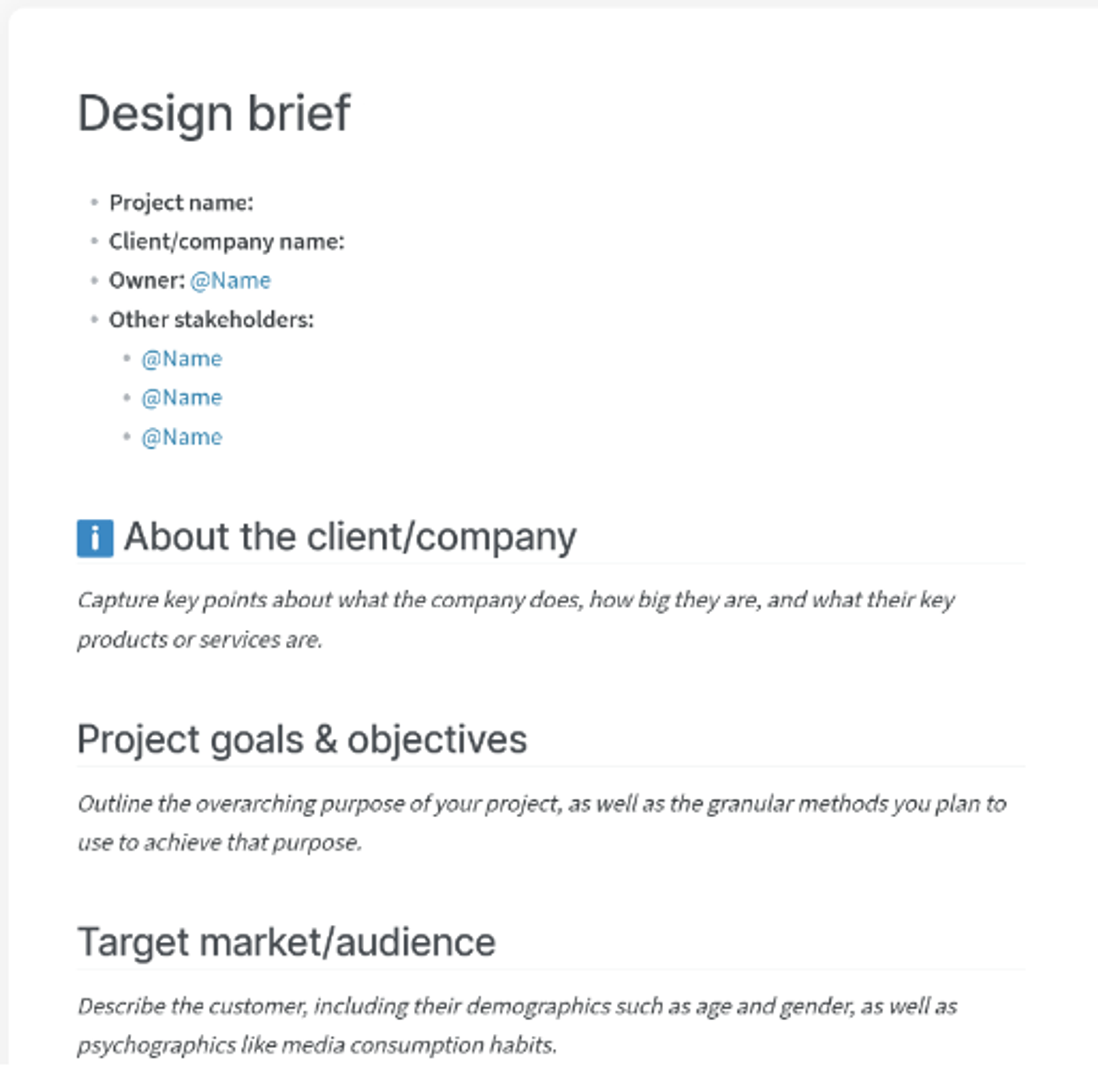Want to get more eCommerce sales? Make sure to build a successful content marketing strategy
Posted on 11/17/2023
Reviewed by Arnt Eriksen updated at 11/23/2023
Introduction
Content planning is an essential part of content marketing. It's the process of creating a plan for the content you create, publish, and promote. A content marketing strategy plays the most important role in digital marketing, but the exact steps to take with it can be obscure.
Great content marketing strategies and planning help you stay organized, increase the effectiveness of your advertisement channels, and reach your target audience. When done correctly, content planning can help you achieve your content marketing goals and increase your ROI.
In this article, we will tell you how to create a content marketing strategy that will bring you real results.
What is a content marketing strategy?
A content marketing strategy is a comprehensive plan that outlines the creation, distribution, and promotion of valuable, relevant, and consistent content to attract, engage, and retain a target audience. Consistency in publishing content is among the content marketing best practices, as it helps establish credibility, build trust, and maintain audience engagement over time.
The primary goal of this strategy is to build brand awareness, foster trust, and ultimately drive customer action that leads to conversions, increased sales, and long-term loyalty.
Developing a content marketing strategy involves identifying and understanding the target audience, establishing clear objectives, and creating high-quality content tailored to meet their needs and preferences. This content can take various forms, such as blog posts, videos, podcasts, infographics, and social media posts, among others.
If you want to make the best content marketing strategy, you also need to create a well-defined distribution plan, ensuring that the produced content reaches the intended audience through the most appropriate channels, such as websites, email newsletters, and social media platforms. Moreover, it involves monitoring and analyzing key performance metrics to refine the approach and optimize results continuously.
A travel agency's content strategy example might encompass destination guides, traveler testimonials, and travel tips to inspire potential clients and showcase the value of their services.
Why is content planning so important?
Defining your social media marketing objectives and devising relevant content in advance is crucial. Your content marketing plan outlines your intended objectives and the strategies you will employ to achieve them. Content planning involves creating content that aligns with these objectives and helps you attain the desired results.
7-Steps on how to create a winning content plan
Step 1: Define goals
Before deciding on the right content marketing plan for you, it's important to consider what you'd like to achieve and why you want to create content. Having a clear understanding of your business goals will help you make the best decisions for your strategy and content creation process.
In order to be successful in goal-setting, it is important to set objectives that can be accurately measured and are attainable.
Additionally, each piece of content should have its own goal depending on the funnel stage, which channels are used for promotion, and the specifics of the target audience. Finally, it is essential to make sure the goal of the content is in sync with the general marketing plan so that the results can be utilized to achieve the larger business objectives.
Step 2: Channels and formats you will focus on

You should consider making your content marketing plan applicable to the platforms you run.
Make sure you create different formats, as well as craft new material tailored to each platform. Making use of social media is essential for broadening the reach of your brand and providing your customers with content in places they frequent.
Popular social media sites include Facebook, Instagram, Twitter, LinkedIn, Pinterest, Snapchat, and YouTube.
When you start a business page on any of these networks, adjust your content to be suitable for the social media platform. For more guidance on how to do this, check out our other articles:
Step 3: Content's target audience
The next step in your content marketing planning is defining a persona for your typical customer.
The most effective way to gain insights about your audience is to prepare a buyer persona profile. Before you begin gathering data, constructing a template for the profile is recommended so that you can concentrate on the most relevant features.
This will enable you to focus on the most significant points.
The next step is to study what competition you will be facing when attracting your target audience's attention.
But remember, it won't be only your traditional competitors you will be competing with. For starting from scratch, we have a few resources you can use to learn more about finding your audiences.
Here are some of the audience research options available to you:
Collecting data on age, gender, location, and family/professional status (demographics).
Gaining an understanding of their values, attitudes, and objectives (psychographics).
Investigating their personal/professional goals (beliefs and values).
Identifying any challenges and roadblocks (pain points). Uncovering any influential factors and sources (events, influencers, media).
Analyzing the buying process (frequency and decision-making).
When it comes to deepening your knowledge of your content's audience, remember to include more than just your customer base. Gather a mixture of quantitative and qualitative data, and get insight from customer-facing sources such as surveys, social media, and reviews.
Don't forget to consult unconventional sources such as your competitors. It is also wise to concentrate on one buyer persona and their particular needs instead of attempting to cover all their needs in a single piece of content.
Google Trends

With the help of Google Trends, one can gain an understanding of the things people are looking for on the web.
It evaluates the frequency of the most used search queries through Google Search across different regions and languages and provides graphs to display the query's search volume over a certain period of time.
One can stay up to date with trending searches, or type in any query to be pointed to related topics and searches. This can help content creators customize their work to better suit what people are interested in. Your keyword research will likely yield some surprising results and give you new ideas for content.
Step 4: Plan themes for your content
Consider your messages to be the fundamental element. You will make content with them in mind, depending on the type of your business, goals, and target audience. Constructing a topic will give you direction for where to look for content strategies and ideas and expand them. It is recommended to settle on approximately five to ten topics to make sure a comprehensive plan is created.
The topics you choose are key to creating content that will meet your company's marketing and business objectives.
Step 5: Ideas for the content
The best way is to brainstorm ideas for content.
The initial stage of this process is to make a list of all the thoughts that come to your mind (or ask ChatGPT for help). With an understanding of business goals, target audience, and content formats, it will be easier to generate ideas. Additionally, you need to understand why you are creating content, who you are helping, and how you will help them in a way no one else can.
After that, you can pick the best idea and share it with a designer.
Here are some content marketing tips:
- Begin with the genuine issues that your customers are facing, and concentrate on long-tail and related keywords that accurately portray the nuances of the topic.
- Reuse existing concepts, both your own and those of your competitors.
- Assess how the existing material has performed and tweak the theme by broadening or narrowing it.
- In many situations, you may also want to reconfigure a high-performing topic into a different form; for instance, transforming a webinar into a blog post.
- Include representatives from all departments of your company in your conceptualizing meetings.
Step 6: Content planning
It might seem like we are repeating ourselves, but planning content itself is different from planning its themes.
Careful content planning can ensure that everyone involved with the content creation process is on the same page. To make the planning process easier, you can make use of a visualization tool. This will demonstrate the time frame you have already gone through, how many items of each type are still pending, and how much energy it is going to take to create them.
Suggestions for planning content:
- Create shared planning calendars and organize topics into clusters.
- Analyze existing content. The performance metrics of existing content will help you build up a picture of the type of content that interests your target audience the most.
- Connect each piece to a promotional activity and assign people and duties for each task.
- Vary content formats to satisfy the requirements of different funnel phases and groups.
- Establish realistic time frames to make room for unexpected problems.
Step 7: Publish and manage your content
Working out a process for producing and issuing all of your content plan marketing can be a difficult job. Before you execute your plan, it is essential to identify who will be doing what, where the material will be published, and when it will become available.
When there is a small team, it might be easy since one person can make the decisions. If the business expands, then it could be necessary to join forces with a few content teams in order to come up with an efficient system.
Nowadays, content marketing tactics strive to reduce confusion by organizing information from a topic-based viewpoint.
When making an editorial calendar that is focused on topics, it is possible to come up with a clear representation of the company's message and gradually become a leader in the industry.
How to formulate a brief for your designer?
Details that a PPC manager specifies for the designer:
- Client's website, links to the FB, IG pages, links to the competitors' Facebook Ad Library page.
- Target audience we would like to engage with this content, the product we need the creative for.
- Channel, number of creatives, format (image, GIF, video), and sizes based on the platform requirements.
- Mood, preferences on the colors if there are any.
- Texts that should be on the image, video.
- DDL when we need the content to be ready.
Account / PPC Manager shares the materials:
- Links to Google Drive with images, and videos that can be used as a base for the content marketing assets. The logo of the client should be included (ask in case the client would not like to include the logo).
- User-generated content that we can consider using.
- Links to the music (if it's video) - free sources (ex https://www.youtube.com/c/audiolibrary-channel).
Example:

Summary
By taking the time to plan your content, you can create high-quality content that resonates with your audience and helps you to achieve your content marketing goals.
Generating interesting content routinely is an essential element of successful marketing. Structuring your content makes it simpler for your staff to work together on it, produce it, and spread it. Having an efficient content strategy assists you in creating material that attracts visitors and increases sales.
One piece of well-liked content - irrespective of its form - can create a long-lasting impact long after it has been made. In addition, content plans enable you to address essential corporate strategies, such as preparing a budget or asking for resources. You will be aware of what you need to make and spread your content, so you can easily stay away from any unnecessary expenses or delays.
Now that you know the steps, it's time to get to work on your own content marketing strategy.
